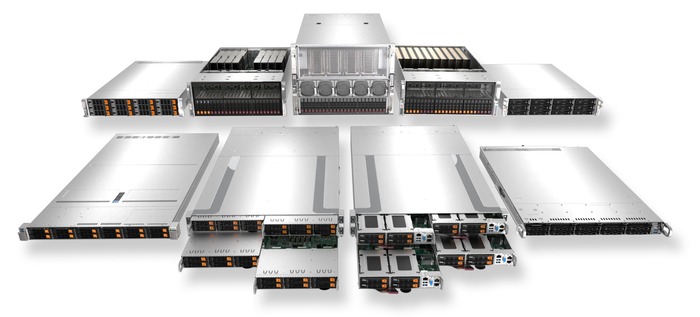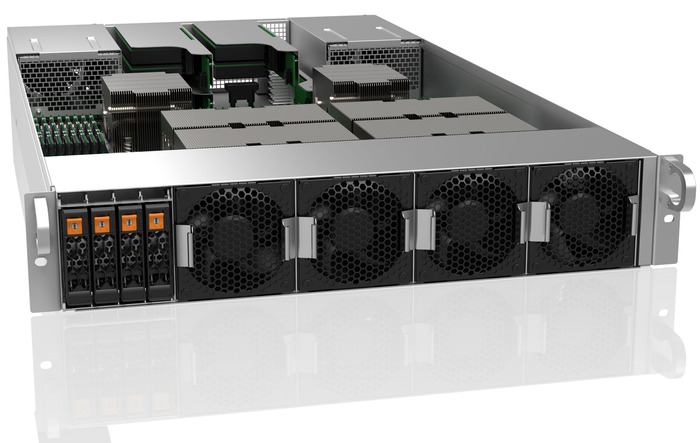If you’ve found yourself weighing up a Supermicro server against better-known brands like Dell or HPE, you’re not alone.
Many people, especially those working in smaller data centres or setting up lab environment, have considered Supermicro for its lower cost, modular hardware, and reputation for sticking to open standards.
But with fewer marketing headlines and less brand polish than its Tier 1 competitors, it typically always results in asking yourself the same question, “Are they too good to be true?”.
Or, are they genuinely a valid option for the smart, budget-concious buyer.
We’ll break down the core features of Supermicro servers, look at their benefits in real-world enterprise environments, and explore how they perform as hypervisors.
Features & Benefits
Compatibility and Flexibility
Supermicro servers’ biggest USP are that they offer strong core features without unnecessary overhead.
They support industry-standard technologies like IPMI for remote management which offers a license-free alternative to proprietary tools like Dell’s iDRAC or HPE’s iLO.
Large scale vendors often limit hardware choices to certified components, Supermicro servers allow users to handpick their CPUs, memory, and storage exactly how you want it.
Performance and Reliability
A major strength of Supermicro is its open standards and broad third-party compatibility. It is incredibly easy to mix and match components, such as swapping motherboards between chassis or using third-party NICs and HBAs without triggering fan speed issues or BIOS conflicts.
Dell and HPE typically control these upgrades more tightly.
Use Cases for Supermicro Servers
Thanks to their competitive pricing, Supermicro servers have been widely used across many use cases. The most common? They’re frequently used in homelabs, as virtualisation hosts, and even in full-scale enterprise environments.
Many users deploy them as VM hypervisors with large storage capacities and high core-count CPUs. This way, they can handle consolidating workloads or building development and testing environments.
If you have a specific use case in mind for a Supermicro server, there’s a strong likelihood it can be achieved.
Should You Choose a Supermicro Server?
If you’re weighing up whether a Supermicro server is right for your setup, the answer for many people is a resounding yes.
These servers have the tendency to run well for well over 15 years without a single failure. They’re consistently known as being significantly less expensive than Dell or HPE options, all while delivering comparable or even superior performance.
You can purchase brand-new Supermicro servers either directly from Supermicro or through authorised retailers. Or, if you’re looking to maximise value, you can find refurbished Supermicro servers from trusted used tech suppliers like ETB Technologies.
Supermicro is a brand that consistently proves its value, so why not pick one up?


